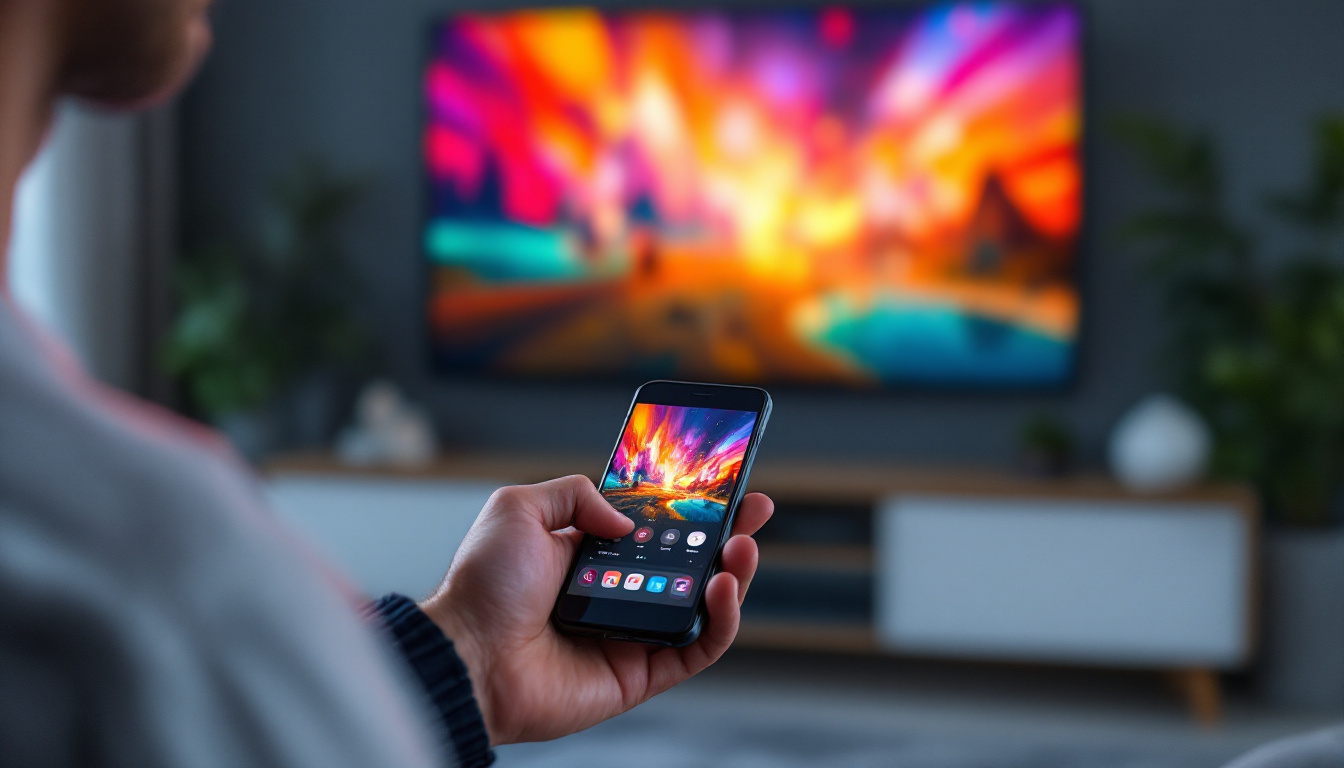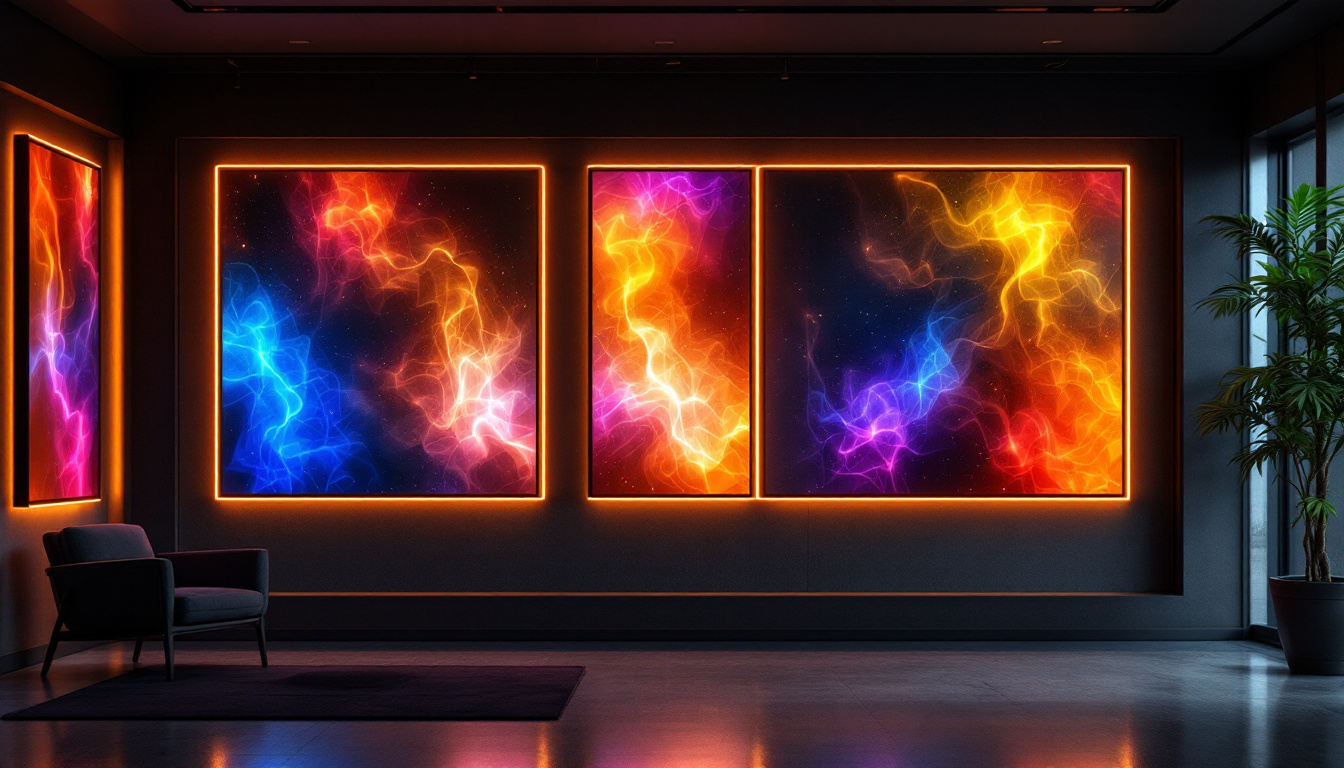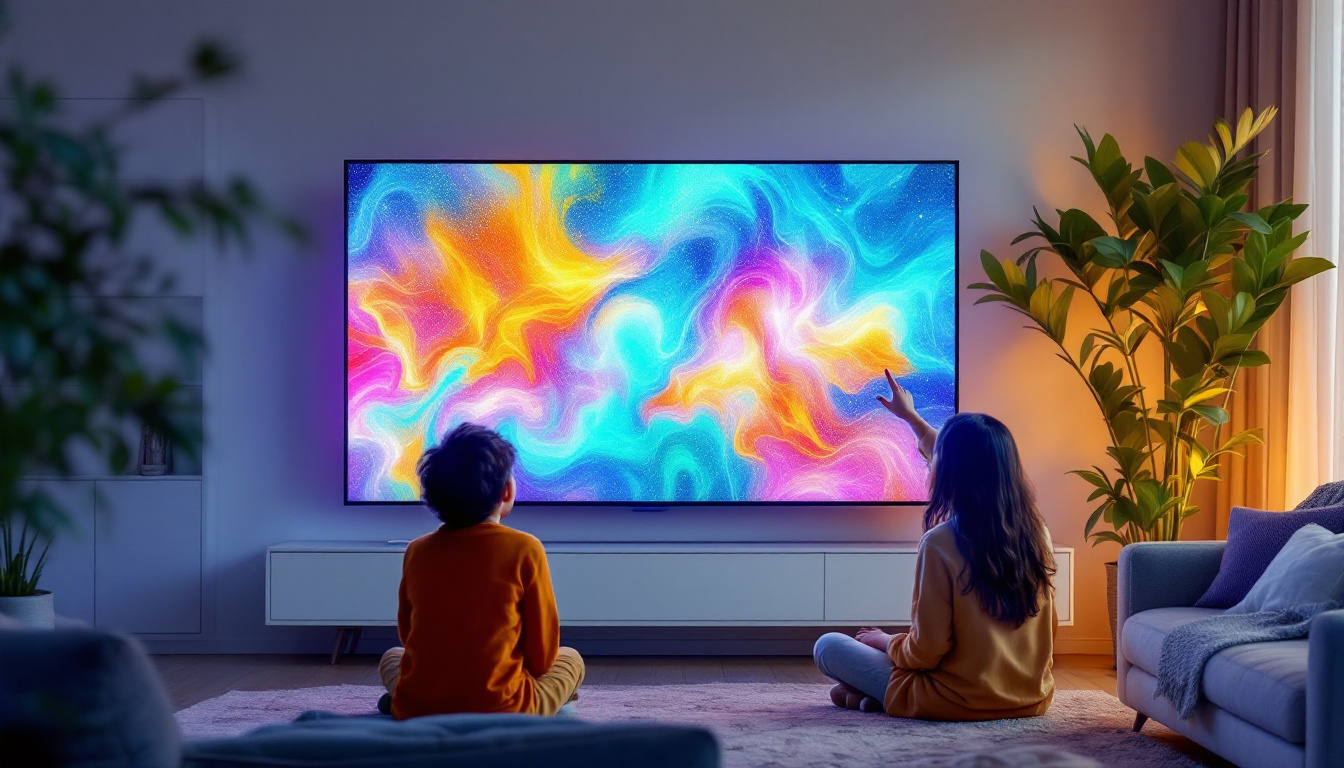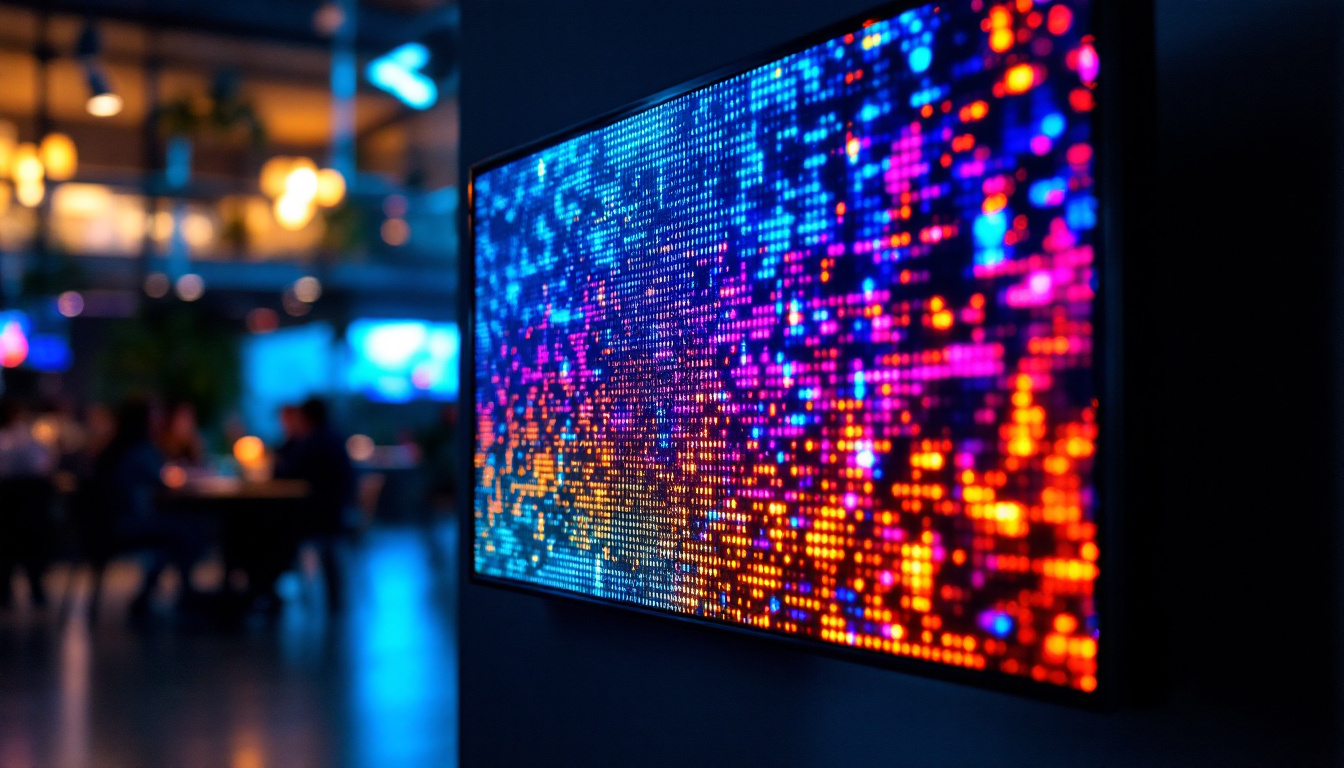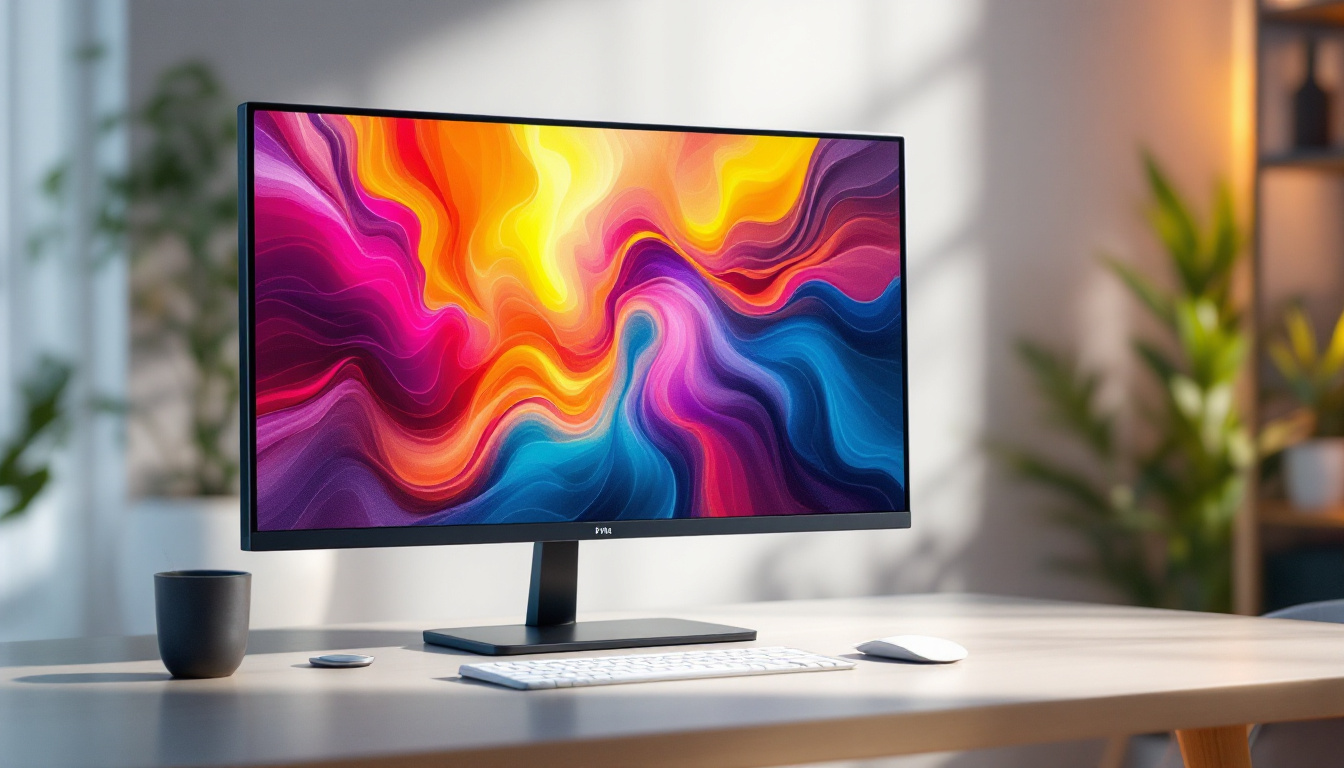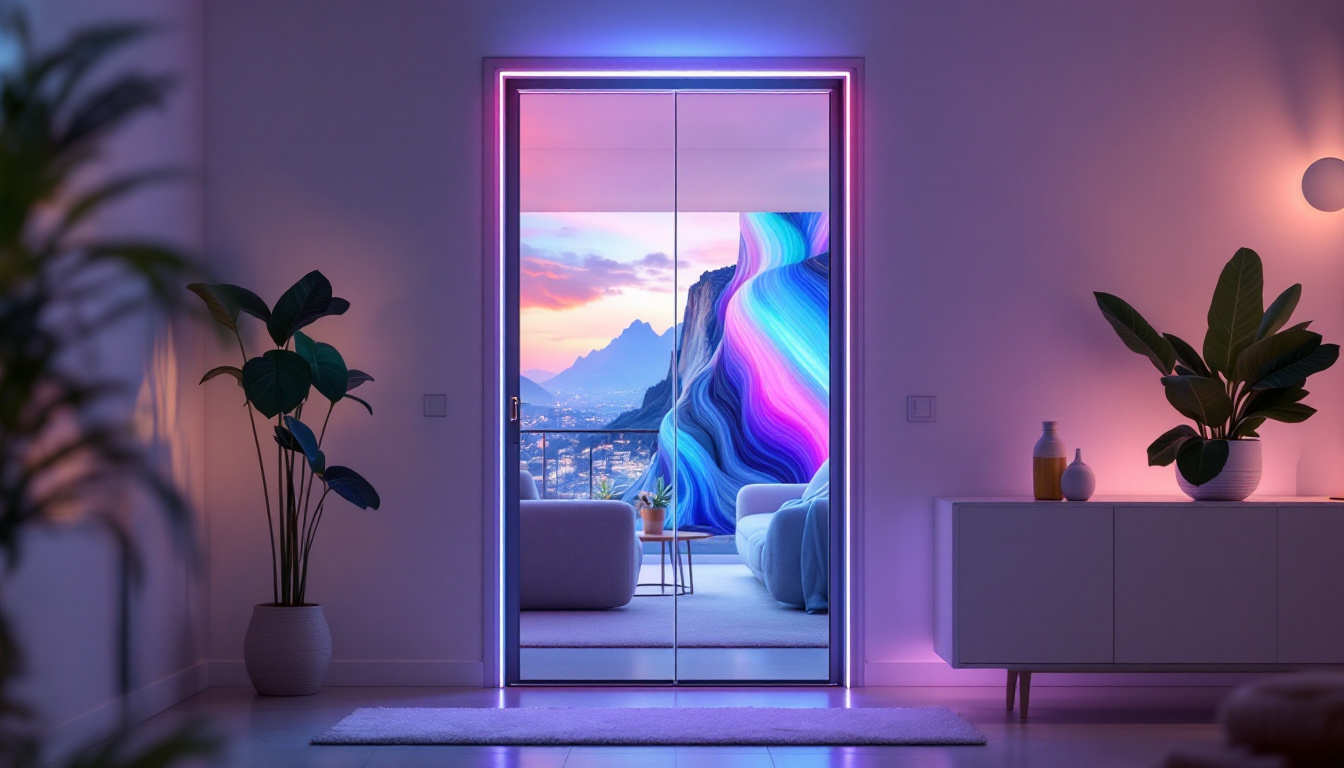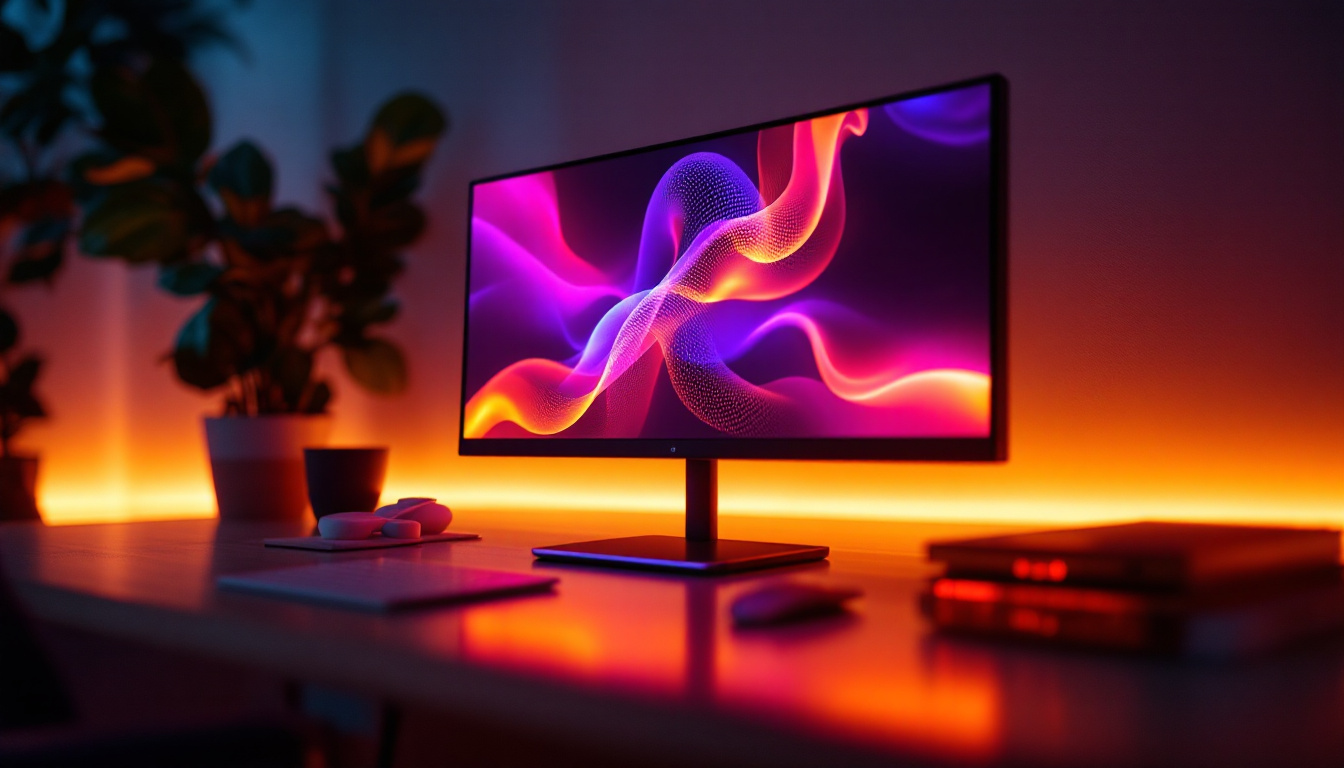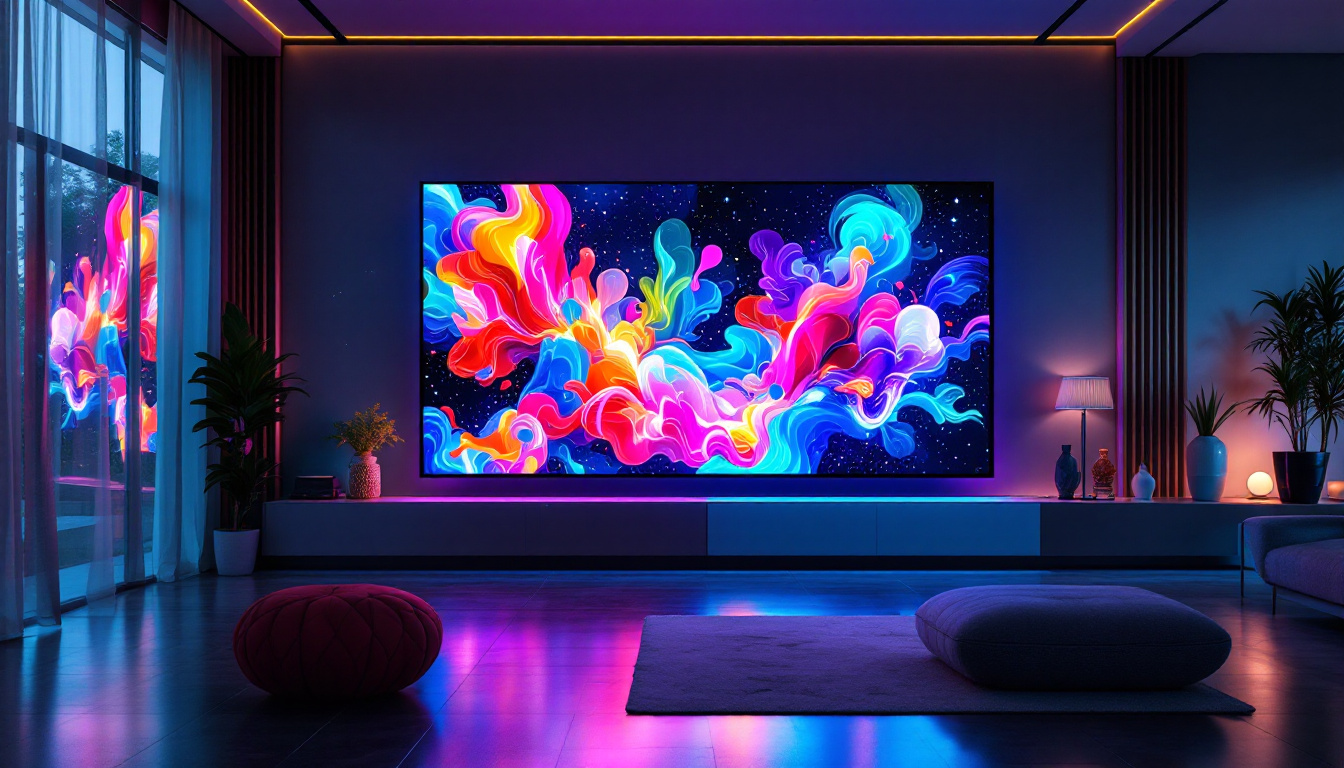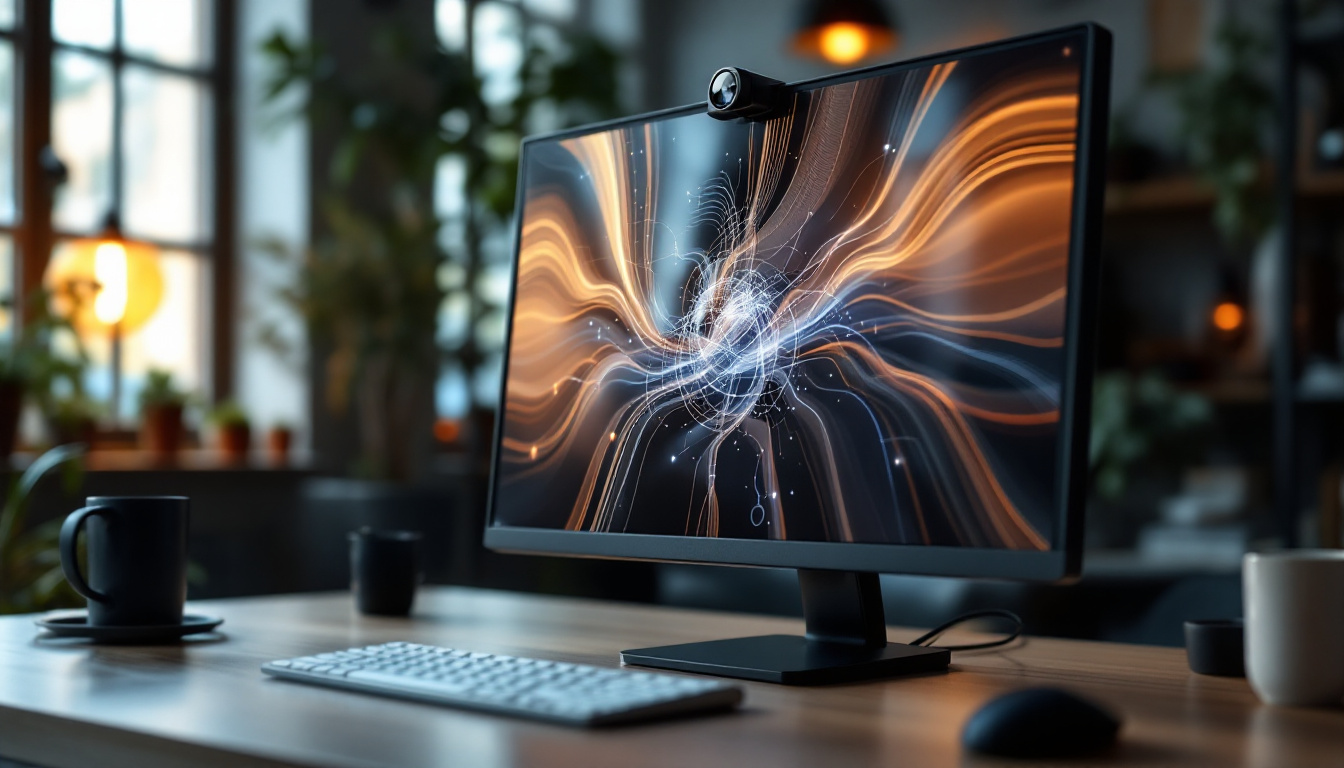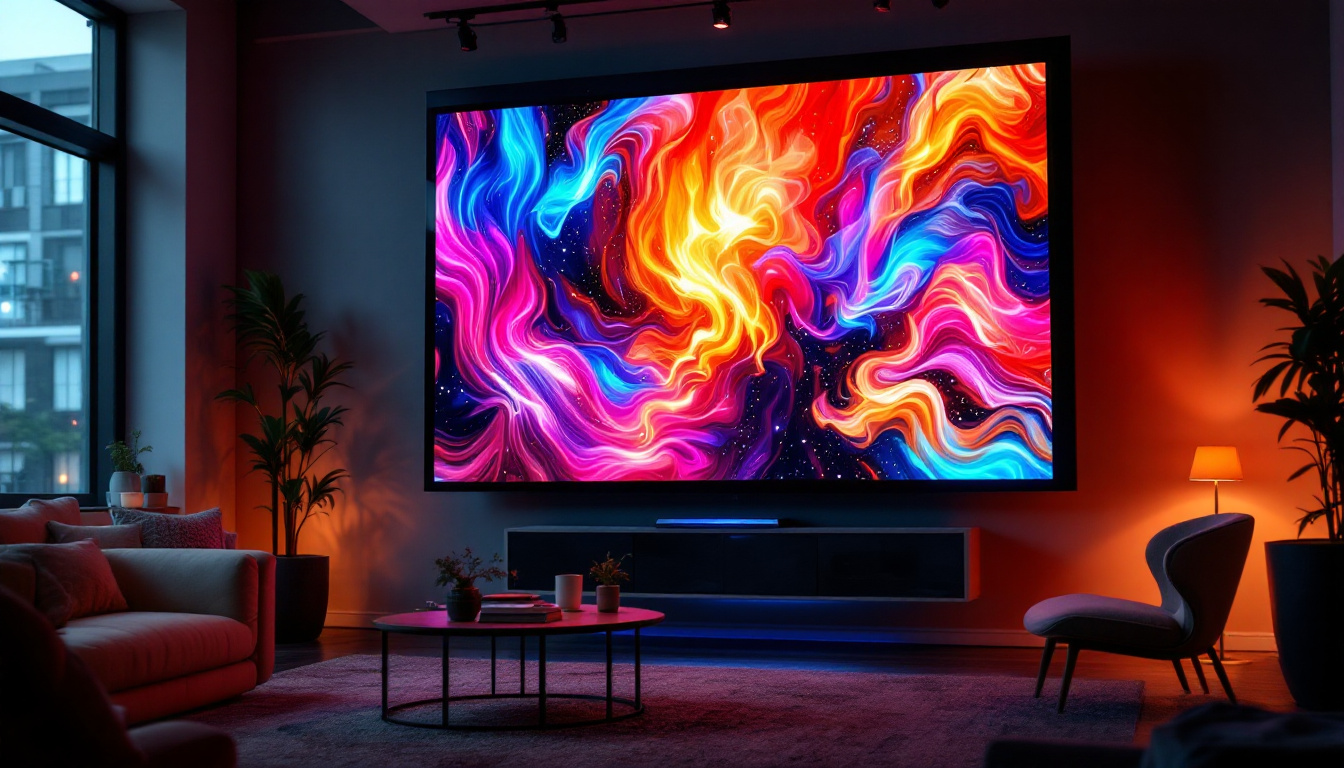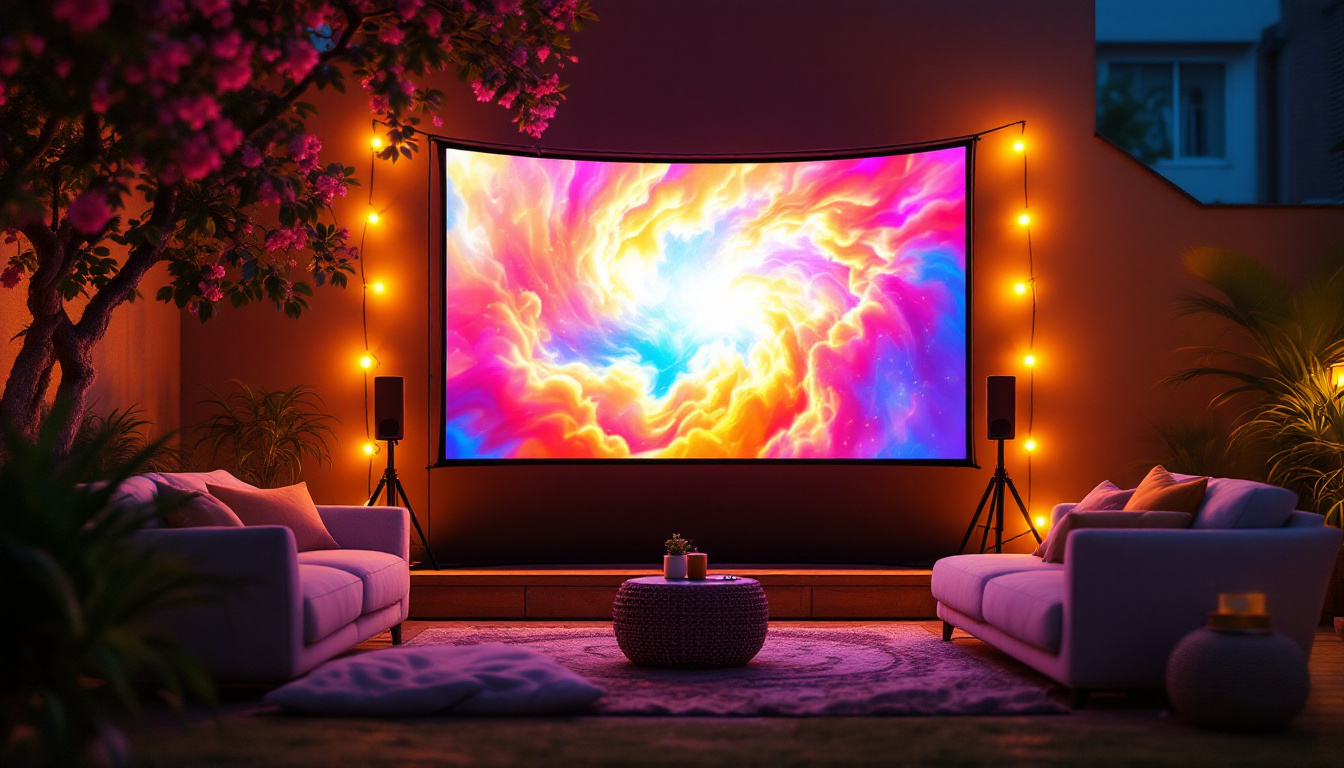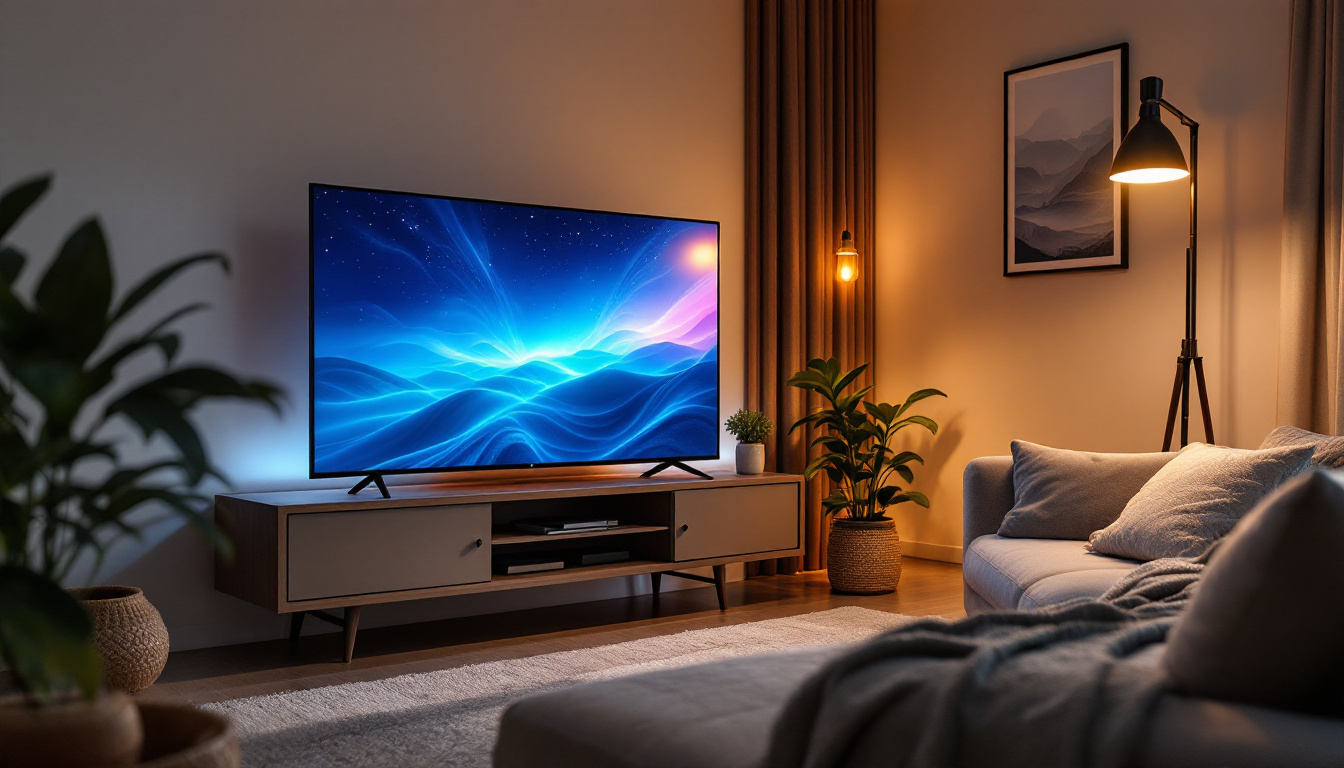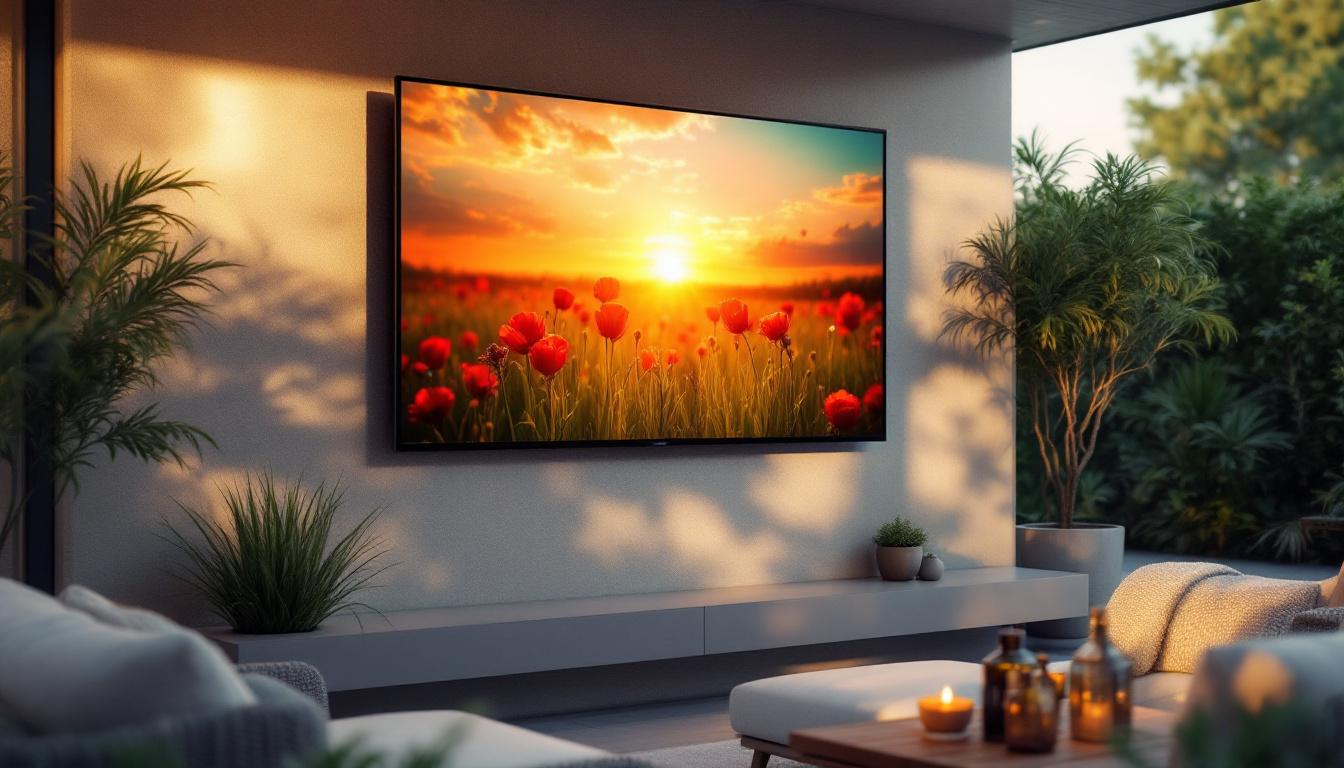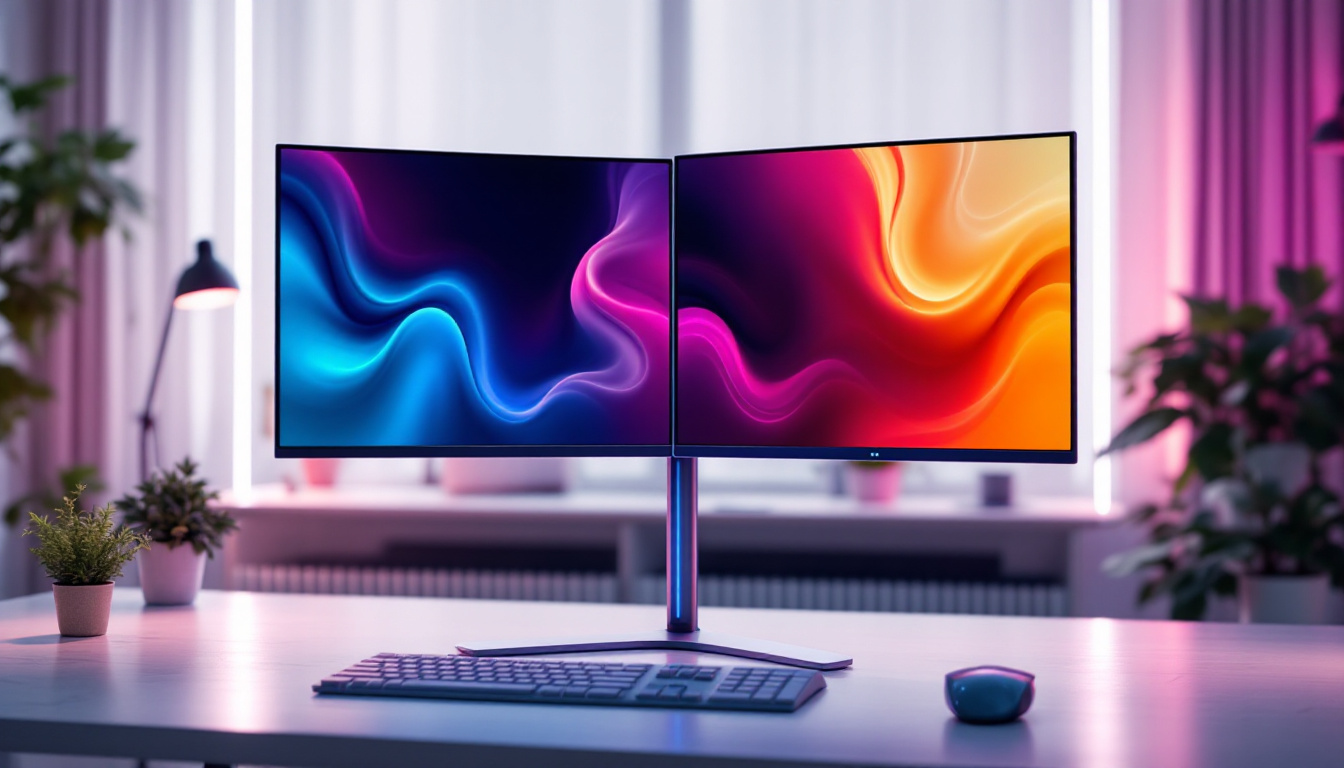How To Show Screen On TV: LED Display Explained
In today’s digital age, connecting devices to a television has become an essential skill for many. Whether it’s for streaming movies, playing video games, or showcasing presentations, knowing how to display your screen on an LED TV can significantly enhance your viewing experience. This article will guide you through the various methods available to project your screen onto an LED display, along with tips and troubleshooting advice.
Understanding LED Displays
Before diving into the technicalities of connecting devices to your TV, it’s important to understand what an LED display is. LED, or Light Emitting Diode, televisions use a backlighting system to illuminate the screen, providing vibrant colors and deep contrasts. These displays are known for their energy efficiency and slim profiles, making them a popular choice for modern homes. The technology behind LED displays has evolved significantly over the years, leading to improvements in picture quality, energy consumption, and overall user experience. As a result, consumers can enjoy a more immersive viewing experience, whether they’re watching movies, playing video games, or streaming their favorite shows.
Types of LED Displays
LED TVs can be categorized into several types, each offering unique features. The most common types include:
- Edge-Lit LED: These TVs have LEDs placed around the edges of the screen, which helps in creating a thinner design but may affect uniformity in brightness. This design is particularly advantageous for wall-mounted setups, where space is a premium.
- Full-Array LED: This type has a grid of LEDs behind the screen, allowing for better control over brightness and contrast, resulting in superior picture quality. Full-array LED displays often feature local dimming, which enhances the viewing experience by improving black levels and overall contrast.
- OLED: Though technically not an LED display, OLED TVs use organic compounds that emit light, providing exceptional color accuracy and contrast ratios. With each pixel capable of turning on and off independently, OLED technology allows for true blacks and a wider color gamut, making it a favorite among film enthusiasts and gamers alike.
In addition to these primary types, there are also variations such as Mini-LED and MicroLED technologies that are gaining traction in the market. Mini-LED displays utilize smaller LEDs, allowing for more precise backlighting control and improved HDR performance. On the other hand, MicroLED technology represents a significant leap forward, with self-emissive pixels similar to OLED but without the risk of burn-in, offering a promising alternative for those seeking longevity and performance. As the industry continues to innovate, consumers can expect even more advancements in display technology, enhancing their viewing experiences in ways previously thought impossible.
Methods to Show Your Screen on an LED TV
There are several methods to connect your devices to an LED TV, ranging from wired connections to wireless streaming options. Each method has its own set of advantages, depending on the devices you are using and the content you wish to display.
Wired Connections
Wired connections are often the most reliable way to show your screen on a TV. Here are the most common wired methods:
HDMI Connection
The HDMI (High-Definition Multimedia Interface) is the most prevalent method for connecting devices to TVs. Most modern devices, including laptops, gaming consoles, and streaming devices, come equipped with HDMI ports. To connect:
- Plug one end of the HDMI cable into the HDMI port of your device.
- Connect the other end to an available HDMI port on your TV.
- Switch your TV to the corresponding HDMI input using the remote control.
HDMI cables also support high-definition video and audio, making them ideal for gaming and movie watching. Additionally, some HDMI cables support features like 4K resolution and HDR (High Dynamic Range), which can significantly enhance your viewing experience. For those looking to connect multiple devices, HDMI switches are available, allowing you to easily toggle between inputs without constantly unplugging and replugging cables.
VGA Connection
For older devices, a VGA (Video Graphics Array) connection may be necessary. While VGA does not carry audio signals, it can be used in conjunction with a separate audio cable. To connect:
- Connect the VGA cable from your device to the VGA port on the TV.
- Use a 3.5mm audio cable to connect the audio output from your device to the TV’s audio input.
- Switch the TV to the VGA input source.
Although VGA is becoming less common with the rise of HDMI, it remains a viable option for many older laptops and projectors. When using a VGA connection, ensure that your TV supports the resolution output by your device, as mismatched resolutions can lead to display issues. Some adapters are available that can convert VGA to HDMI, allowing you to leverage the benefits of HDMI even with older devices.
Wireless Connections
Wireless connections offer convenience and flexibility, allowing users to stream content without the hassle of cables. Here are some popular wireless methods:
Screen Mirroring
Screen mirroring allows you to display your device’s screen on the TV without any physical connections. This feature is commonly found in smartphones, tablets, and laptops. To use screen mirroring:
- Ensure both your device and TV are connected to the same Wi-Fi network.
- On your device, look for the screen mirroring option (often found in the settings or quick access menu).
- Select your TV from the list of available devices.
Screen mirroring can be particularly useful for sharing photos, videos, or presentations during meetings or gatherings. Many devices support different mirroring protocols, such as Miracast or AirPlay, which can enhance compatibility across various brands and operating systems. Additionally, some smart TVs come with built-in screen mirroring capabilities, making it even easier to connect without additional apps or devices.
Using Chromecast
Google Chromecast is a popular device that allows users to cast content from their devices to the TV. Setting up Chromecast is straightforward:
- Plug the Chromecast device into an HDMI port on your TV and power it on.
- Download the Google Home app on your smartphone or tablet.
- Follow the app’s instructions to connect the Chromecast to your Wi-Fi network.
- Open a compatible app on your device and tap the cast icon to display content on your TV.
Chromecast supports a wide range of apps, including Netflix, YouTube, and Spotify, allowing you to stream your favorite content seamlessly. One of the standout features of Chromecast is its ability to cast tabs from the Google Chrome browser, enabling you to display web pages, presentations, or even games directly on your TV. Furthermore, with the introduction of Chromecast with Google TV, users can also enjoy a dedicated interface and access to a plethora of streaming services without needing to cast from another device.
Setting Up Your Devices
Once you have chosen a method to connect your device to the LED TV, setting up your devices correctly is crucial for a seamless experience. Here are some tips to ensure everything works smoothly:
Adjusting Display Settings
After connecting your device, you may need to adjust the display settings to optimize the viewing experience. This can include:
- Changing the resolution to match the TV’s capabilities.
- Adjusting the aspect ratio to prevent stretching or cropping of the image.
- Enabling or disabling features like HDR (High Dynamic Range) for better color and contrast.
Audio Settings
Audio settings are just as important as video settings. Depending on your connection method, you may need to configure audio output settings. For instance:
- For HDMI connections, ensure the audio output is set to the TV.
- If using a separate audio connection, select the appropriate audio input on the TV.
Troubleshooting Common Issues
Despite the straightforward nature of connecting devices to an LED TV, issues can arise. Here are some common problems and their solutions:
No Signal on TV
If your TV displays a “No Signal” message, consider the following steps:
- Check that the correct input source is selected on the TV.
- Ensure all cables are securely connected and undamaged.
- Restart both the TV and the connected device.
Audio Issues
Audio problems can be frustrating. If sound is not coming through, try these solutions:
- Verify that the audio output settings on your device are correctly configured.
- Check the volume levels on both the TV and the connected device.
- Disconnect and reconnect the audio cables if using a wired connection.
Advanced Display Options
For those who want to take their viewing experience to the next level, advanced display options can enhance how content is presented on the screen. These options often depend on the capabilities of both the TV and the connected device.
Using 4K and HDR Content
Many modern LED TVs support 4K resolution and HDR content, providing stunning visuals. To take advantage of these features:
- Ensure your device supports 4K output and HDR.
- Use high-speed HDMI cables that can handle 4K signals.
- Access 4K content through streaming services that offer it.
Picture-in-Picture Mode
Picture-in-Picture (PiP) mode allows users to watch two sources simultaneously. This feature can be particularly useful for multitasking, such as watching a game while browsing the internet. To enable PiP:
- Check if your TV supports PiP mode.
- Follow the TV’s menu instructions to activate PiP.
- Select the secondary input source to display alongside the main content.
Conclusion
Connecting your screen to an LED TV has never been easier, thanks to the variety of methods available today. Whether opting for a wired connection or a wireless option, understanding the capabilities of your devices and the TV will ensure a smooth experience. By following the guidelines and troubleshooting tips outlined in this article, users can enjoy a seamless viewing experience that enhances entertainment, productivity, and connectivity.
As technology continues to evolve, staying informed about the latest advancements in display technology and connectivity options will empower users to make the most of their LED TVs. Embrace the possibilities and transform your viewing experience today!
Explore Cutting-Edge LED Display Solutions
Ready to elevate your visual experience with the latest in LED technology? Look no further than LumenMatrix, a pioneer in crafting immersive LED display modules that bring your content to life. From the comfort of your home to the buzz of outdoor events, our diverse range of solutions, including Indoor and Outdoor LED Wall Displays, Vehicle LED Displays, and more, are designed to captivate and engage. Discover how LumenMatrix can transform your visual communication and make a lasting impression. Check out LumenMatrix LED Display Solutions today and step into a world of vibrant clarity.

